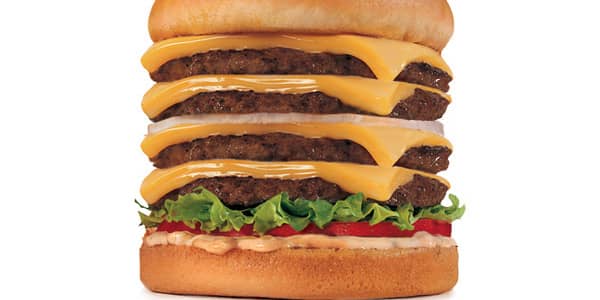With growing numbers of store closures, shopping mall operators are going to have to think outside the "Big Box" to fill vacant space.
Many retail industry watchers are expecting it to take some time for the industry to adjust the number of stores they operate to reduced consumer demand.
"Retailers ought to be prepared for the worst," said Les Moeller, a vice president at Booz & Co.'s consumer and media practice. "This way they can take constructive bets."
Beyond cost-cutting and marketing, there are creative suggestions for retailers and shopping center operators to consider when facing the pending closure of a neighboring store, particularly when it is a large, high-profile store, known as an anchor store, which helps to draw traffic to the shopping area.
When another anchor tenant isn’t available, one solution is to stack retailers, says David Schmitz, vice president of the retail and entertainment practice at designer . For example, a Best Buy can be placed on the first floor, an Office Depot on the second floor and a Barnes and Noble on the third. Although the stores are different, their products are related, he says.
Another alternative is to carve up the space into smaller pieces, or rent only the first floor.
However, if it’s not possible to fill the open space with another retailer, it may pay to think of other types of uses for it, if only to give the area a sense of life, Schmitz says.
This may mean turning the space into a food court and movie theater complex, as RTKL did at Tyson Corner Center in McLean, Va., or housing a public library, as was done in at North Park Center, an upscale Dallas shopping mall.
Schmitz says he knows of situations where retail areas have been turned into temporary museum space or a community center. “It provides animation at the door,” Schmitz says, “…It makes it a destination.”
As for retailers, Deb Purcell, the director of Client Services for Pitney Bowes Business Insight’s retail, restaurant and real estate practice, says heed this advice: Be proactive.
If retailers think they’re about to lose an anchor, they need to find out what that retailer means to their business, because this will determine a response, she says. Survey customers. Find out why they’re shopping the store.
“Have a goal in mind before you develop a program,” Purcell says.
Sometimes an anchor store will help a retailer draw customers from a wider geographic region. If that’s the case, the loss of the anchor will likely result in a loss of traffic because the far-flung customers will no longer have the reason to make the trip, Purcell says.
If, however, current customers of the anchor store are not combining their shopping trip with other stores, the impact won’t be so great, according to Purcell.
If it looks like traffic is at risk, many experts believe it’s time to cut costs, and start marketing. Sometimes retailers can do both by combining the advertising with other tenants or with the landlord.
Questions? Comments? Email consumernation@cnbc.com





